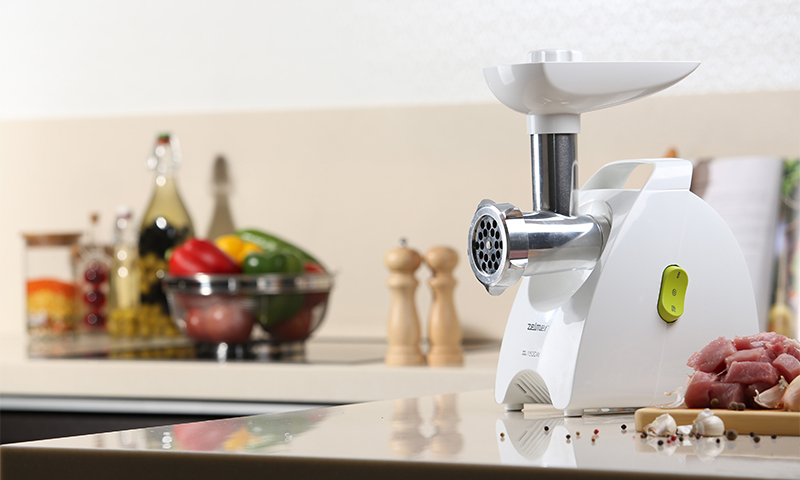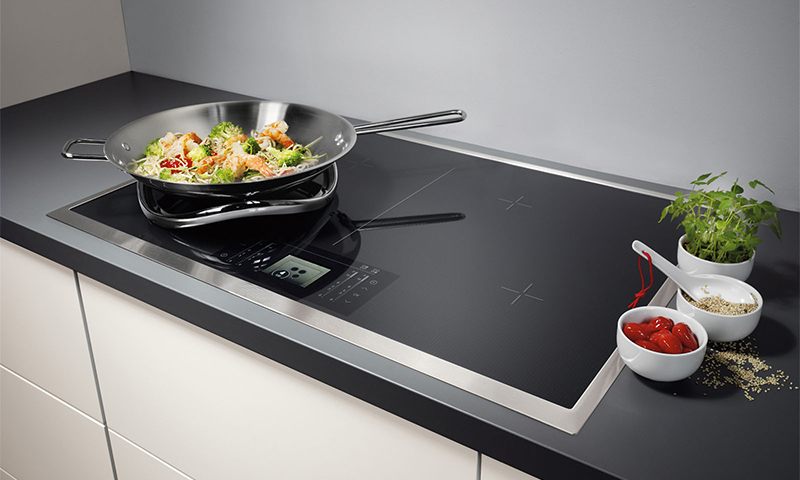It is impossible to cook a delicious dinner or serve a festive snack without a good kitchen knife - or even a few. Do not do without his help and on a picnic or in a hike. Knives were among the first tools that our ancestors learned to make, and since then they have not lost their value. Fortunately, the yard is no longer a stone age, and modern knives have become much more perfect and functional than their ancestors. Now they are not made of silicon debris, but from high-strength steel, ceramics and space alloys based on titanium. How to choose your ideal assistant from all this diversity?
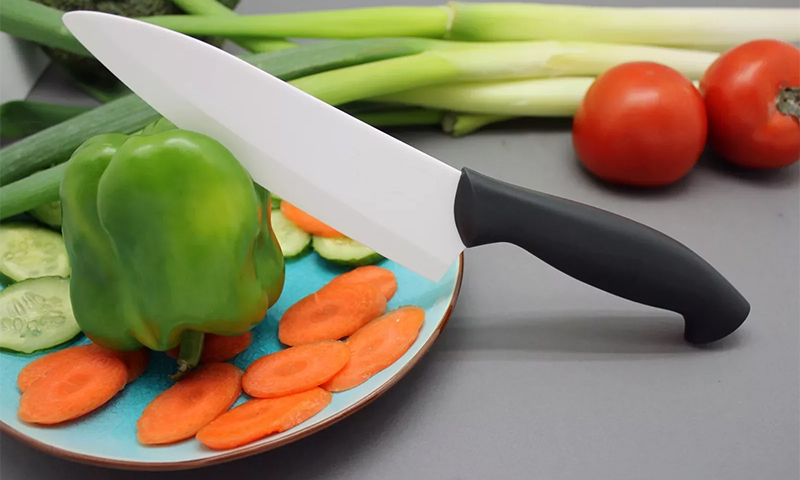
Content:
The best knife manufacturers - which company to choose
Choosing knives in the store, it is easy to get confused - they are so diverse and not similar to each other. However, first of all you need to look not at the beauty of the handle or the shape of the blade, but at the name of the manufacturer, engraved on the canvas.
It is believed that the best knives in the world do in Japan, although it is rather difficult to single out the leader in this market. In the Land of the Rising Sun, individual families are engaged in the manufacture of blades, for centuries they have passed on the secrets of the ancient gunsmiths.
There are large companies that are engaged in the serial production of knives:
- Hattori;
- Kukuichi;
- Clobal;
- Masahiro.
In Europe, the best manufacturers of kitchen tools are Germans (Wuesthof, Fissler) and French (Evercut, Sabatier). Italian, Swiss and British brands in this hierarchy are slightly lower, although their knives are also among the best.
With their most successful rulers you can find in our review. In the meantime, let's still figure out how to choose a good knife for your kitchen.
Types of knives
The classification of modern knives is too branched and tangled: among them there are true generalists and tools of narrow specialization. Each species has its own purpose, and it would be wrong to say that one knife is better than another.
It will be much easier to navigate in their diversity if you conditionally divide kitchen knives by blade material. After all, it is on this that their basic characteristics, service life and particularities of care for kitchen utensils depend.
Steel

The most popular material for the manufacture of knives - an alloy of iron with carbon and various alloying elements.
There are dozens of steel grades that can be used to produce knife blades, but they can be divided into three main groups:
1. Carbonaceous - inexpensive, hard, easily sharpened alloys with low corrosion resistance. With improper care and storage of such knives quickly rust, but retain their sharpness.
2. Stainless - alloyed alloys, devoid of the disadvantages of carbon steel. Alas, they quickly get blunt, so they will have to constantly sharpen, considerably reducing the service life of the blade.
3. High-carbon stainless - combine the advantages of the two previous types of alloys, so that they can be called almost perfect.
No less popular are multilayered forged knives made using the same technology as the famous Damascus steel. They are easily recognizable by the beautiful stains on the blade. These are very expensive, but strong and sharp blades, which are not afraid of any blows or deformations.
Pros:
- Always a great choice - the lion's share of knives on the market is made of steel;
- High strength combined with sufficient viscosity;
- Resistance to corrosion (in stainless alloys);
- The possibility of self-sharpening;
- Adequate price.
Minuses:
- Blunt faster than any other knives;
- There are many imitations of poor quality steel on the market.
Ceramic

These beautiful knives are now at the peak of popularity. They are made of molded zirconium powder, which, after high-temperature firing, forms the correct crystalline structure. It is this one that provides the ceramic blade with incredible strength, approaching diamond performance.
These knives may vary in color. And although there is no big difference between them, it is believed that black blades are denser and stronger than whites. The main feature of zirconium blades is that they keep sharpening for an incredibly long time and do not get blunt for years.
If it is time to sharpen the ceramics, it is not recommended to do it at home. You have to carry knives to the workshop where the blades will be ground on diamond circles.
Pros:
- Do not rust, scratch or stained with products;
- Do not give a "metallic taste";
- Very durable;
- Sharp and well kept sharpening;
- Undemanding to care.
Minuses:
- Falling or point impact may break;
- Blades are not flexible;
- Stupid when working on glass cutting boards, and sharpening the knife alone will not work.
Titanium
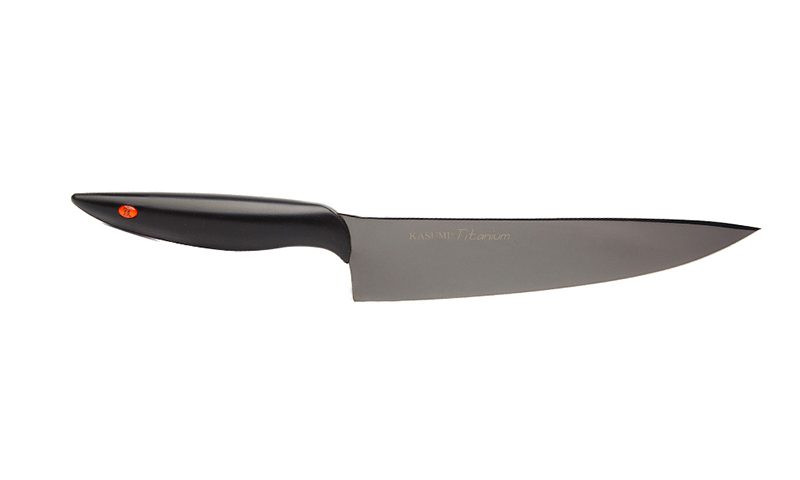
Quite a rare type of knives in our kitchens, though advertised by the TV shops as an eternal tool. In fact, in some performance characteristics, the titanium alloy is seriously inferior to steel and ceramics.
If the blade simply has a Ti-spray, then apart from an attractive appearance, you do not win anything. But titanium knives are hygienic, do not leave a metal taste, are insensitive to most household acids, and certainly do not rust.
Pros:
- Differ in small weight;
- Very sharp;
- Durable and flexible;
- Scratch resistant;
- Have an attractive appearance.
Minuses:
- They become dull and require frequent sharpening;
- Too expensive.
Knife selection options
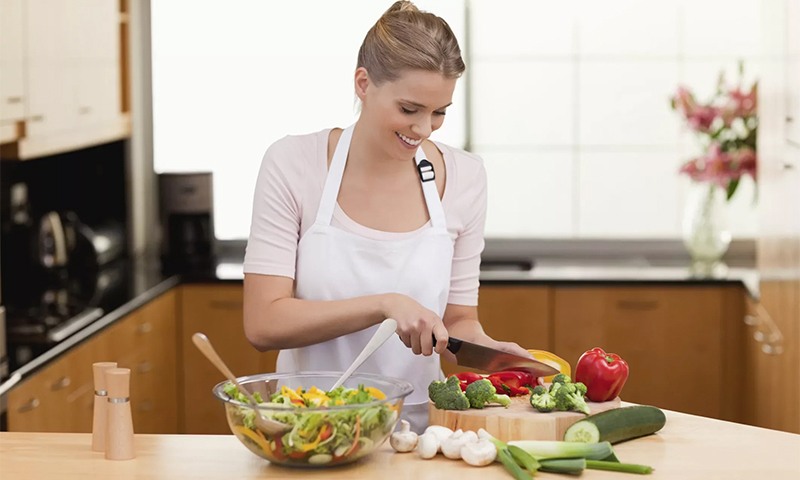
Blade shape and size
From these parameters depends on which products the knife will do best. Of course, in any kitchen there should be universal tools that can do most of the work, but you should not refuse special-purpose blades if you really use them.
We will not be able to consider all the forms of knives existing in the world in the framework of one article, so we confine ourselves to the most popular and in demand:
1. Utility knife
It can be found in any standard set. It has a blade of medium length (13-20 cm) and is suitable for cutting fruits, vegetables, herbs, meat and cheese products. The versatile knife fits comfortably in the female hand and is therefore the favorite of housewives.
2. Chef's knife (cook)
In fact, it is also universal, but because of its solid size, it is more respected by men. The length of its blade is 25-30 cm, width 2-4 cm. The boss is rather heavy and thick, but with proper balancing it is very convenient to use it.
Cook knives of different manufacturers may differ in the shape of the blade. For example, in German models, the cutting edge is cut to the point, forming a semi-circular approach - ideal for a fast professional shredder. French chefs have a regular triangular shape, while in Japanese Santoku the silhouette of a butt seems a bit “hunched”.
3. For cutting
It has a long and not too wide blade, sometimes with small grooves on the canvas - they do not allow slices of cheese or sausage to “stick” to the knife during cutting.
4. Sirloin
As long as its “sausage” counterpart, it only has a narrower and more flexible blade. Ideal for filleting meats, fresh fish and fruits with dense flesh.
5. Vegetable
This knife is easily recognizable by a short blade up to 10 cm and a wide handle. With it, it is convenient to clean and chop vegetables and fruits.
6. Serreytorny
So called the knife for cutting bread slices. It has a long blade of medium width and a serrated blade, similar to a saw. Serreytor perfectly copes with crispy crust on loaves, carefully cuts pies, flaky pastries, as well as some fruits and vegetables (pumpkin, watermelon, pineapple, etc.).
7. Hatchet
Despite the name, this is also a knife - just with a very wide, almost square blade. With it, you can not only grind hard meat, but also chop cartilage or bone.
Some knives may have a wavy blade, leaving beautiful grooves on slices of cheese and vegetables, others come with a split tip - to transfer the sliced products to the dish.
There are separate tools for tomatoes, pizza and whole sets for artistic carving on vegetables (carving).
More recently, a variety of original knives for cooking Japanese dishes have appeared on the market. In this family, blades of various shapes and sizes are generally counted in dozens. The choice is rich, but try not to acquire highly specialized models, if you do not use them regularly enough.
Steel quality
Consider the most popular steel grades and their main characteristics:
1. M390 - stainless steel, characterized by good wear resistance and excellent cutting ability. Keeps grinding for a very long time.
2. 420 is an inexpensive and widespread alloy. Here, the quality of the blade will largely depend on the manufacturer: European firms make fairly decent knives from the 420th steel, but the Chinese models turn out to be too thin, which makes it easy to bend.
3. ZDP-189 - has the highest strength among all the alloys. Used for the manufacture of premium knives.
4. ATS-34 - has long been considered the best among all stainless steels. It has high hardness, corrosion resistance, but very expensive. This is the development of Japanese manufacturers, while the Americans have an analogue - the 154CM brand, which is only slightly inferior in its characteristics to the ATS-34.
5. BG42 - the stainless steel created on the basis of the previous alloy. She gained much greater strength and keeps sharpening even longer. Alas, this steel has not gained wide acceptance, although some manufacturers have already become interested in it.
6. 440 - stainless alloy. Sharpening well and at the same time not staying dumb - a rare combination. It is ideal if the letter “C” stands in the steel marking after the numbers 440, indicating the highest quality of processing.
7. AUS - analogue of the previous material, but already come from Japan. When choosing, it is better to focus on brands not lower than AUS-8.
If there is no desire to understand all the features of knife steel alloys, pay attention at least to the indicator of the blade hardness. It depends on how long the knife will last and how often you will have to edit it.
1. 58-64 HRC (Rockwell hardness) - wear-resistant steel, which is not dulled for a long time. But you have to pay for high strength: the blades become brittle and, with a strong impact, chipping holes appear on them.
2. 55-58 HRC - here the hardness is lower, but in general, the characteristics are better balanced. Such knives have good impact toughness and sufficient wear resistance so that the fabric does not scratch. However, the blade gets dull faster, but it will be easier to sharpen it.
Type of cutting edge
When buying a knife, be sure to ask about the type of sharpening. A smooth edge can be edited at home on your own (with mop or stone), a serrated or ceramic blade - only on special machines in the workshop.
Some knives can not be sharpened at all if their edge is covered with protective coating. But the blades treated with a laser do not need to be edited at all. Their jagged surface consists of alternating hard and soft sections and is sharpened independently during use.
With the appearance of Japanese knives on our market, one has to take into account the direction of sharpening. In Japan itself, unilateral blades are predominantly made, so left-handers will have to separately look for a convenient knife.
Europeans also offer more familiar universal options with double-sided sharpening - there will be no problems with the choice.
Handle
For comfortable work with products, the handle should be smooth, but not slippery, well balanced and comfortable to lie in your hand.It also requires hygiene and a tight fit on the shank of the knife.
1. The handle can be vsadnoy - this installation is easier and reduces the weight of the tool, but if the handle cracks, you are unlikely to be able to replace it.
2. Much better behaved overhead. However, it is important here that the visible part of the shank is long enough - at least to the center of the linings.
3. There are also all-metal knives. These are very expensive and rather heavy models, but they are practically eternal.
As for the material of the manufacture of the handle, then the best option today is heat-resistant plastic and composites based on it. But the wooden lining, although more pleasantly felt in the hand, can deteriorate, swell or crack when in contact with water.
Which knife to choose

1. In any kitchen there should be a couple of basic knives, so first of all purchase a universal or chef's knife, as well as a model for cutting or filing. It is better if they are made of good high-strength stainless steel (not less than 58-60 according to Rockwell). To make the trio complete, add another vegetable knife to them. For most kitchen operations this will be enough.
2. Lovers of fish dishes and seafood should buy filet knife and several special tools from the arsenal of Japanese manufacturers. Here, stainless steel or titanium knives will show themselves well with the possibility of home sharpening.
3. Additional knives (for bread, fruit, greens) with a non-standard blade shape can be made of ceramic — black if you are going to cut tough products. Be sure to check that the handle lies comfortably in your hand and does not slide even in a wet palm - this will save the knife from falling.
4. For cutting meat with bones and bird carcasses, buy a solid stainless steel kitchen hatchet. It is possible with a wooden handle, since it will be necessary to use such a tool infrequently.
How much does a knife cost
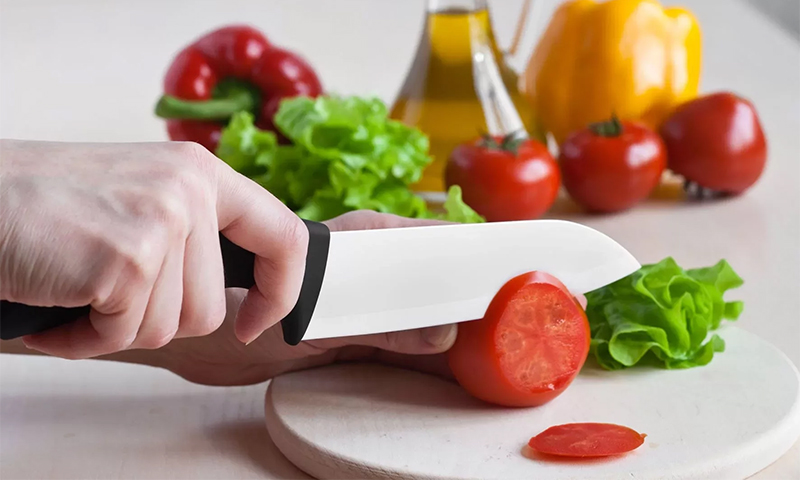
1. Steel knife chef can be purchased at a price of 100-200 rubles (if you are willing to put up with dubious Chinese quality) and not less than 1000 if you want to take something decently. The best models cost about 130 thousand rubles.
2. Cooking knives from ceramics start from 300-400 rubles and reach 9.5 thousand. Titanium chef knives for less than 3000 can not be found.
3. Stainless steel universal knife will cost you in the amount of 70 rubles. up to 30 thousand, ceramic - from 200 to 3600. The cheapest titanium wagons cost about 2-2.5 thousand rubles.
4. Sirloin knives fall in the price range of 150-18000 rubles - such a tool is made only of steel.
5. Manufacturers offer short stainless steel knives from 100 rubles to 22 thousand, ceramics - for 180-2800 rubles.
6. Steel serreytorny knife can be purchased at a price of 75 to 40 thousand rubles, ceramic in the range of 500-4000 rubles.
It will be interesting to friends too





